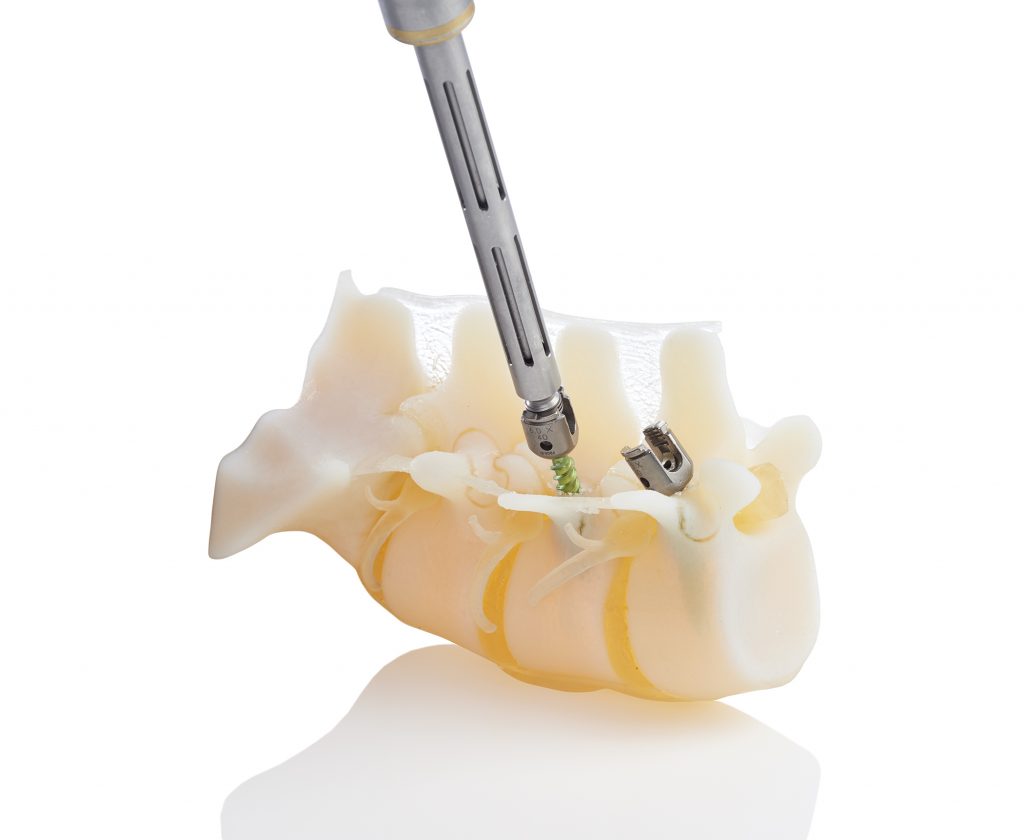3D printer manufacturer Stratasys has unveiled BioMimics, a range of highly realistic 3D printed medical models.
Launched at the 2017 Radiological Society of North America (RSNA) exhibition, the BioMimics portfolio includes 3D printed bones, spines and hearts for medical research and training.
More clinically accurate than mannequins and cadavers
BioMimics models are 3D printed with Stratasys PolyJet technology, which has already been applied to surgical planning. Using materials such as PP, ABS, Vero PureWhite and Agilus30, PolyJet 3D prints realistic anatomical simulations with varying colours, textures and hardness.
“Testing innovative medical devices, teaching principles of surgery… and demonstrating new products to clinicians all require bench-top models that simulate human bodies and diseases” explained Scott Rader, GM of Healthcare Solutions at Stratasys.
“BioMimics is a revolution in medical modelling, capitalizing on advanced 3D printing techniques for clinically accurate representations of complex human anatomies,” Rader continued, “from microscopic patterns of tissue to replicating soft and hard texture of body structures.”

Models with customisable pathology
BioMimics heart models feature composite tissue material. This includes a soft core and an Agilus30 outer layer, which can be varied in hardness and thickness. BioMimics hearts also feature functioning cords, valves and calcification.
3D printed spines feature segmented vertebrae and soft tissue, including discs, ligaments, tendons, and muscles. Capable of simulating scoliosis or other diseases, custom spinal models also accommodate pedicle screw insertion, so surgeons can practise the procedure.
Bone models come with an optional internal structure and their orientation, desired pathology and condition is defined by the user.

Applications of BioMimics
Dr. Shi-Joon Yoo, a cardiac radiologist at the Hospital for Sick Children, explained that BioMimics would be introduced to pathology training programs. This would allow the surgeons “to develop the techniques and skills that will translate into live patient cases.”
Dr. Adnan Siddiqui, Professor of Neurosurgery at the University of Buffalo added that BioMimics would enable “pre-clinical validation of new devices and clinically realistic training simulators,” contributing to medical innovations.
BioMimics can be purchased in North America through Stratasys Direct Manufacturing. Vascular models will be available in 2018.
For more information on 3D printing in clinical trials and surgery, subscribe to our free 3D Printing Industry newsletter, follow us on Twitter, and like us on Facebook.
Featured image shows a BioMimics model of the heart. Photo via Stratasys.

